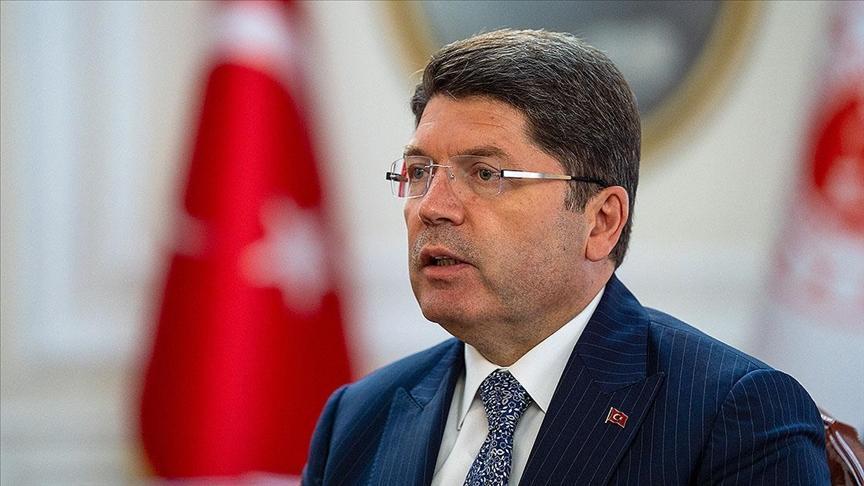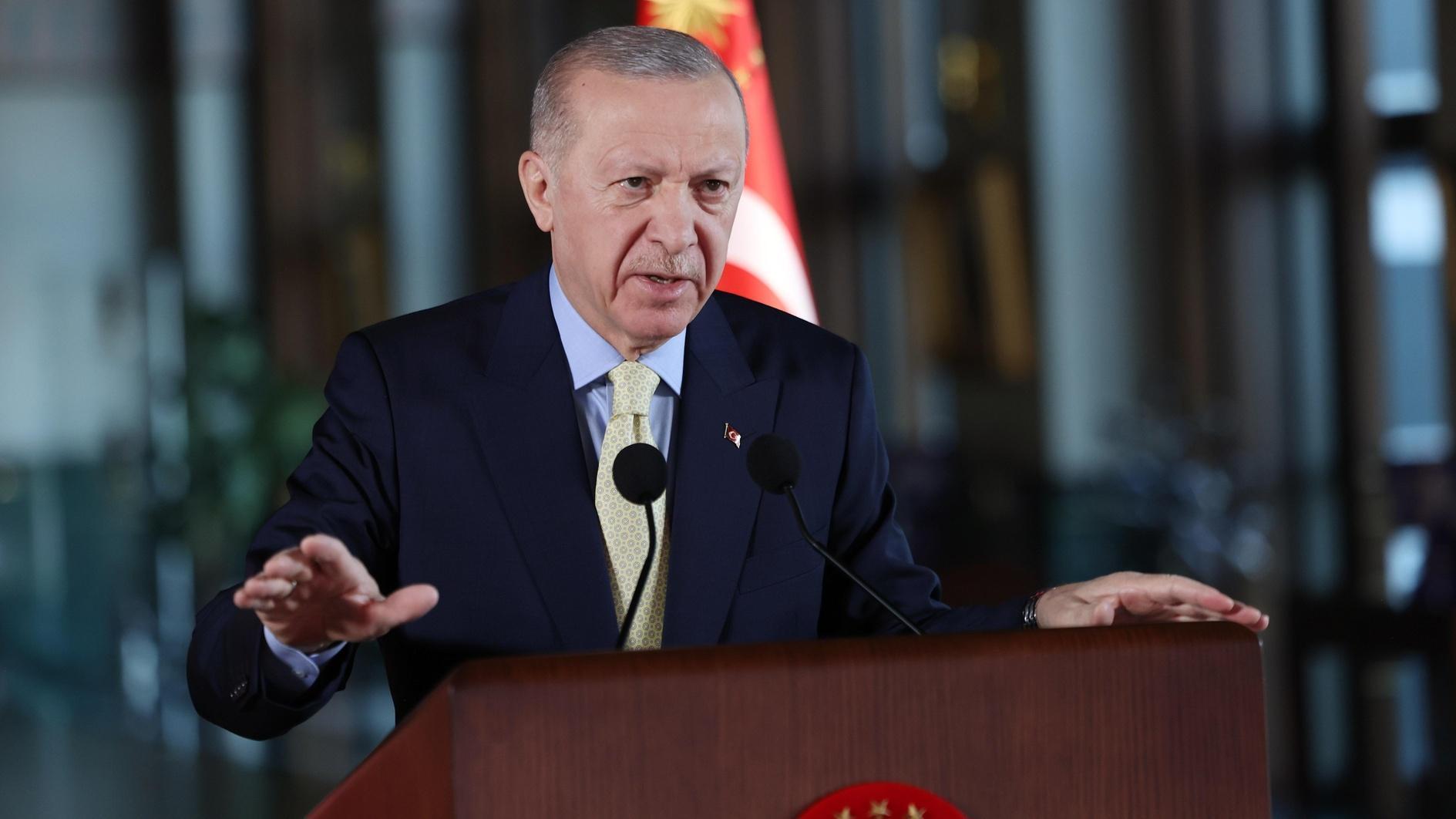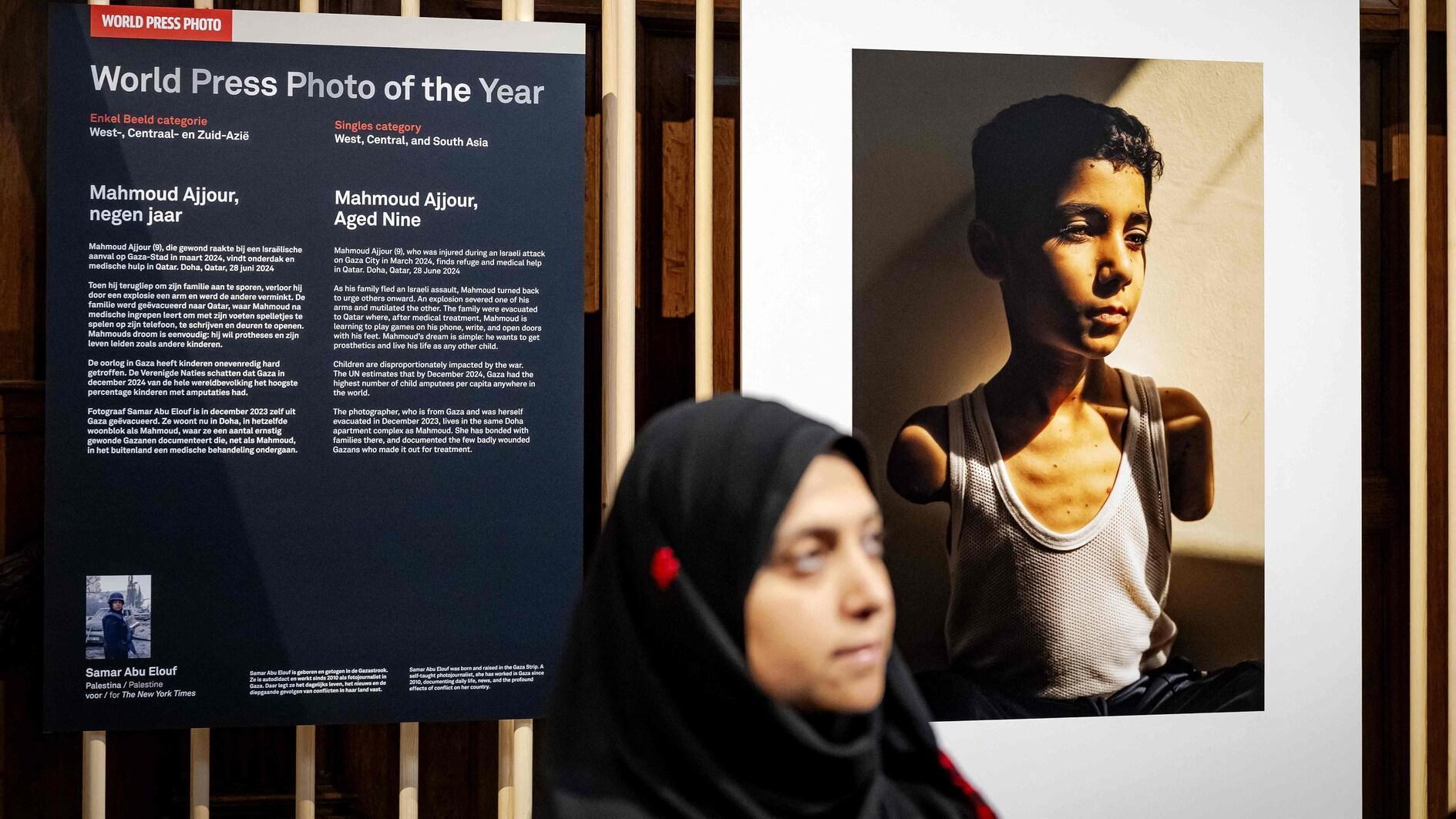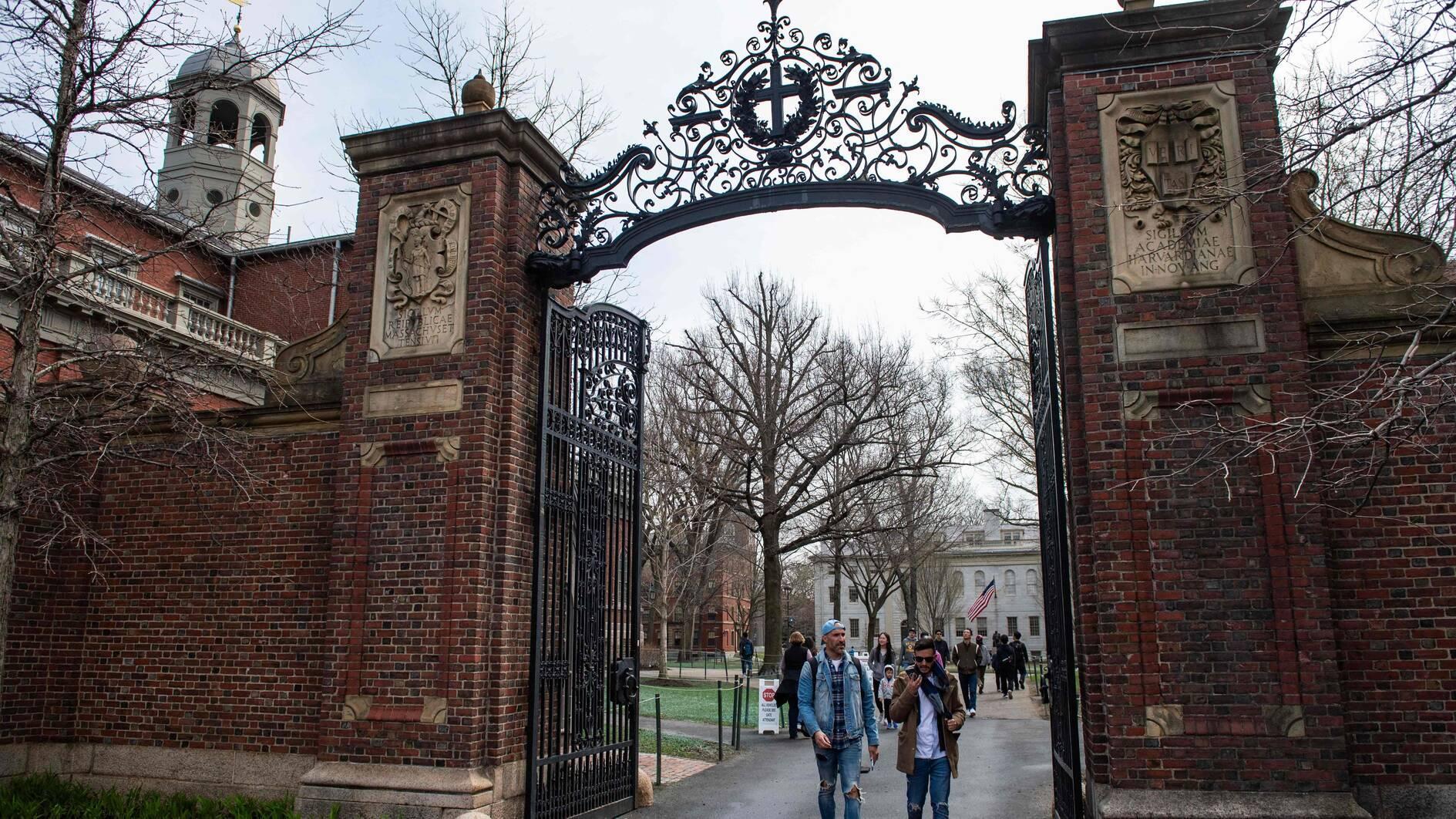How do you feed 9 billion people?
This year’s World Food Day was celebrated under the heading “Immigration, food security and rural development.”
To mark the occasion, I attended a day-long conference in London organized by the British Nutrition Fund (BNF).
Sabri Ülker Fund
I was invited to the conference by the Sabri Ülker Fund, which enjoys the presence of Prof. Dr. Gökhan Hotamışlıgil and other pioneering European food and nutrition specialists on its Science Council. The BNF is celebrating its 50th anniversary this year.
The Sabri Ülker Foundation, which works with a similar aim of raising the food, nutrition and healthy living awareness of the Turkish public, was founded in 2009.
The two funds work together closely. The “Balanced Diet Education Program,” which the Sabri Ülker Fund has been conducting under the supervision of Professor Tanju Besler from Hacettepe University, is a locally adapted version of a program that BNF uses. The project has so far reached six million children.
Another organization that the Sabri Ülker Fund works closely with is the European Food Information Council. The fund took on the task of managing the Turkey leg of the “consumer behavior in food consumption” study conducted by the council, which has the objective of conveying reliable information to the public, and strives to fight against the endless information pollution of today’s world.
The conference in London addressed its enormous theme by asking a single provocative question: “Who Shapes the Future Food Choices?” Of the many talks held, it was a speech made by food expert Mark Driscoll from the NGO “Forum for Future” that really caught my attention.
“By 2050, the global population will reach nine billion people. The middle classes in China and Southeast Asia are continuously growing. How are we going to feed this rapidly increasing population?” Driscoll asked me after the conference, inviting me to consider the impact that climate change has already had on agricultural production.
It’s difficult not to acknowledge the legitimacy of these concerns. Even with a population of seven billion, almost one billion go to sleep on an empty stomach. How are we going to feed nine billion if we can’t even eliminate hunger with the resources we have now?
We need to increase food production by 70 to a 100 percent by 2050.
But is this even possible at a time when climate change compromises agricultural lands and biodiversity is in a state of perpetual crisis?
Hitting the skids on meat consumption
Experts predict a two-to-three percent decrease in production fertility within the next 30-40 years.
“Agricultural reformism is important. We should also reconsider our nutrition habits. Our world pays a heavy price for meat consumption.
Hitting the breaks on this and harnessing other protein sources is a must,” Driscoll said.
But Driscoll can relax. Turkish consumers have a mandatory “distance” between themselves and meat anyway. Nobody knows where that shrink-wrapped pinky-looking parcel that passes as meat really comes from anyway.
Grundig highlights food waste
Next up in our chat is “human separation from agriculture and produce” as Driscoll and I discuss the impact of urbanization.
Here I cannot neglect to mention famous chef Mehmet Gürs’ “Feed Your Soul” project, whose objective is to raise awareness about food waste and help consumers to rediscover the natural blessings of this planet.
The project began life as “The New Anatolian Cuisine,” which has tracked food production in Anatolia since 2007, and is just the right name for the “Feed Your Soul” project.
I highly recommend Gürs’ in-nature videos, which show how produce is brought from field to the table and what ordinary people can do to eliminate food waste. You can watch them here: www.ruhundoysun.com.











